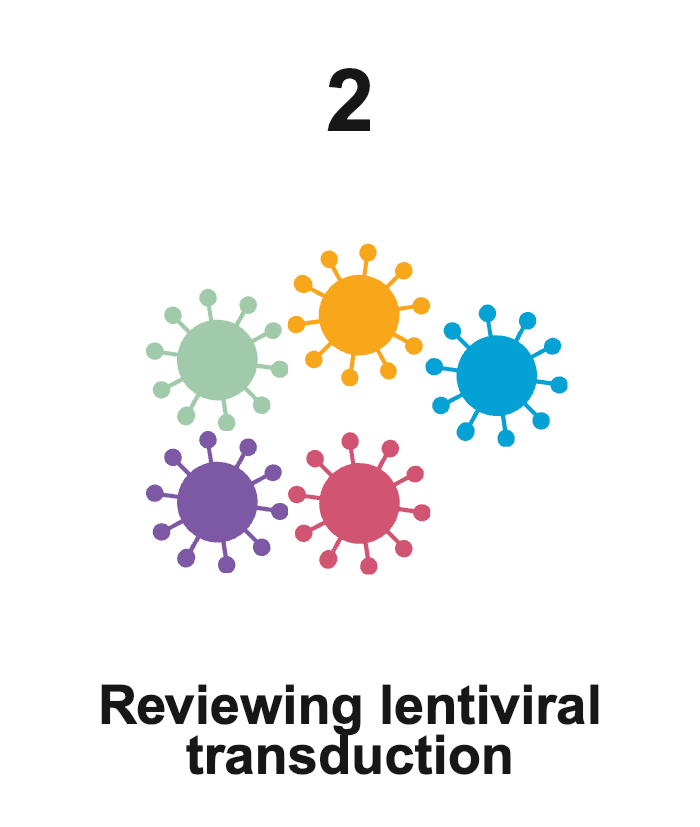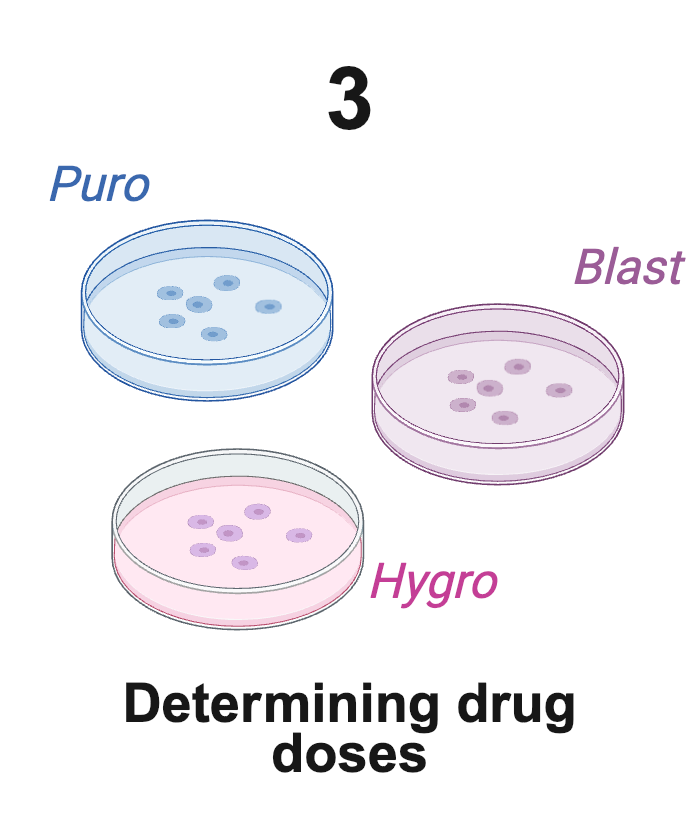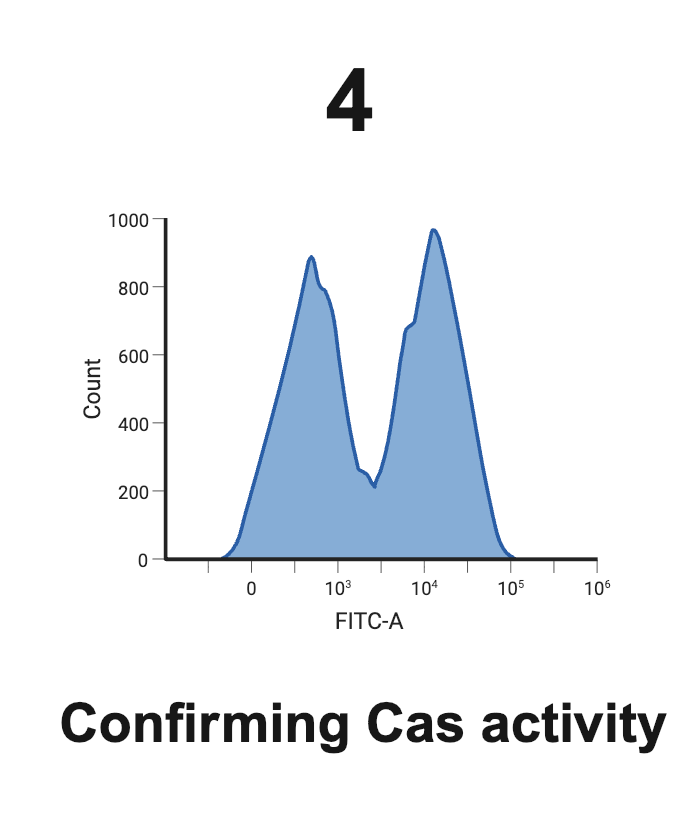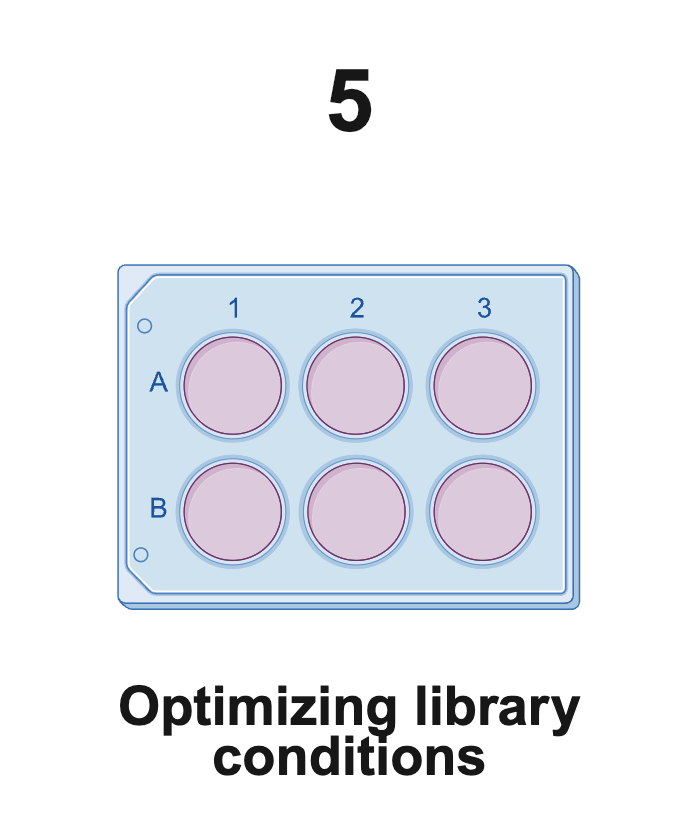Assay Development
The majority of the work that goes into a screen occurs beforehand in the assay development phase. Several experiments must be conducted to ensure proper setup and execution of the downstream screen, and we recommend following the steps outlined below:
Click on each step to learn more
1. Identify the appropriate lentiviral vector(s)
- For guidance on vector choice, please review Vectors for Assay Development.
- For complete customization of a new vector, see our modular vector assembly tool, Fragmid. If what you are looking for is not available in the Fragmid toolkit, designing a new fragment is straightforward: Adding a New pF Fragment to Fragmid.
- To order a small DNA aliquot of a vector, use this form: Individual_Vector_Order_Form.xlsx and transform it following the Vector Transformation protocol.
FAQs:
Q: Can individual reagents be ordered for an assay development experiment?
GPP maintains individual (arrayed) reagents that can be provided as bacterial streaks, plasmid DNA and/or lentivirus:
- sgRNAs
- Largely for CRISPR knockout
- shRNAs
- Our collection of RNAi reagents
- ORFs
- Human Open Reading Frames
Q: Can individual customized reagents be generated for a screen?
GPP can produce custom sgRNA or shRNA constructs in 96-well plate format.
For small numbers of constructs, our recommended protocol is: Cloning of sgRNA or shRNA Constructs. To then prep the constructs as a glycerol or DNA stock, review our shRNA/sgRNA/ORF Glycerol and Plasmid DNA Preparation protocol.
Q: Can library plasmid DNA be amplified to make lentivirus?
GPP can amplify existing libraries to create more pDNA and/or lentivirus, following this protocol: pDNA Library Amplification.
Q: What protocol does GPP use to make lentivirus?
We use the following protocols for lentivirus production in varying formats:
For experiments that require a more concentrated form of lentivirus, review our Lentiviral Concentration protocol. To determine lentiviral titer, we recommend performing our Functional Viral Titering Assay. To produce VPX viral-like particles to improve transduction efficiency in challenging cell models, follow our protocol: Production of VPX Viral-Like Particles.





